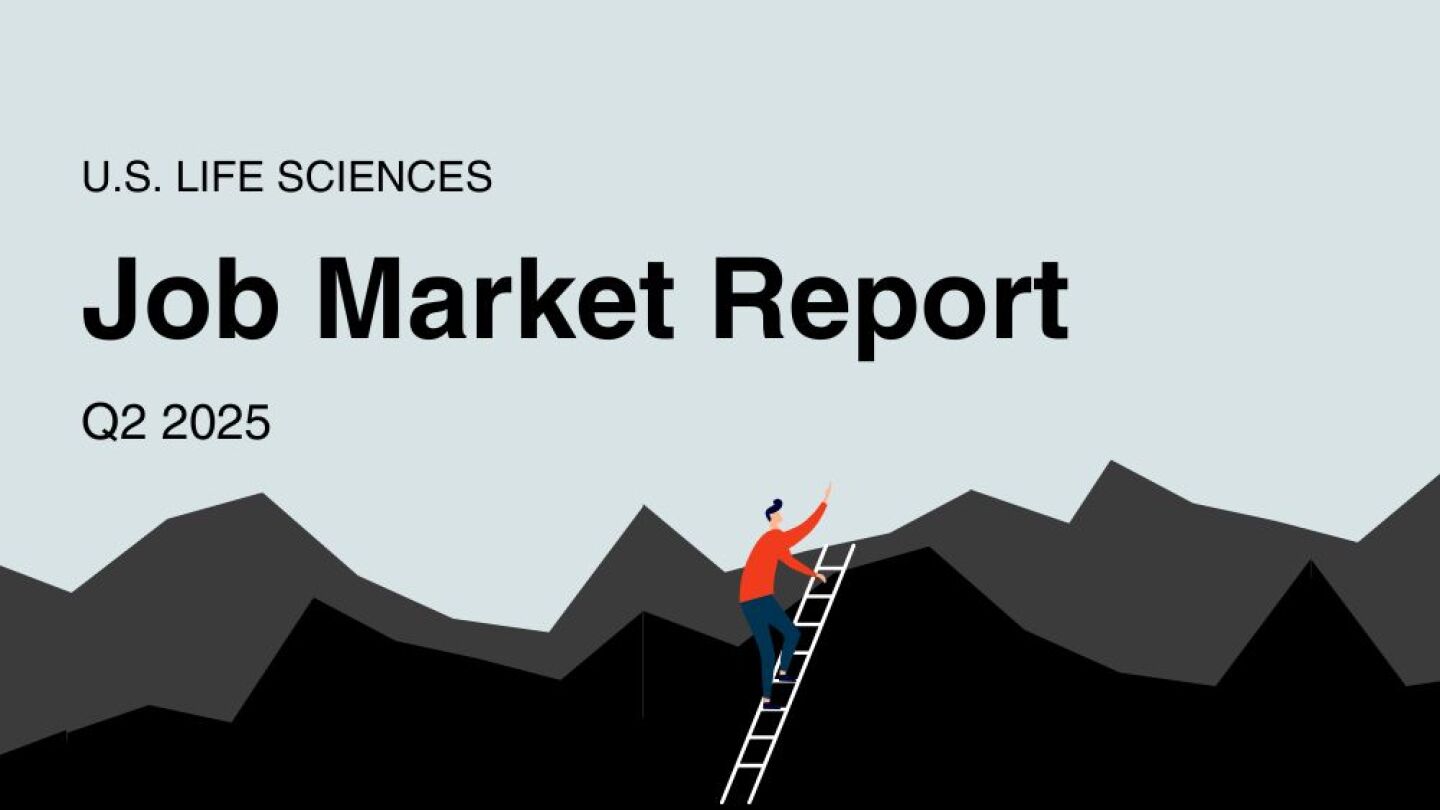Labor market
Data scientist employment is expected to grow 33.5% from 2024 to 2034 due in part to a growing demand for data analysis, according to new U.S. Bureau of Labor Statistics findings. Biopharma hotspots were among the top 10 states for employment and pay for this role in 2024.
Massachusetts biopharma workforce growth was fairly flat last year, and R&D and manufacturing employment declined, according to a new MassBio report. BioSpace data further highlight challenges facing the state, showing roughly 2,300 people out of work in 2025 and jobs live on the website falling.
Washington has had notable life sciences job growth over the past 10 years, according to a Life Science Washington report. The association’s CEO and a biopharma CEO discuss what makes the state stand out, including its talent pool, AI leadership and entrepreneurship support.
BioSpace data show biopharma professionals faced increased competition for fewer employment opportunities during the second quarter of 2025, with increased pressure from further layoffs.
Establishing trust through thought leadership is no longer optional in today’s cautious biopharma market. Learn how strategic insights and targeted outreach can turn awareness into high-converting leads.
Higher competition for fewer roles remains the status quo for biopharma professionals, based on BioSpace data. Additionally, the U.S. Bureau of Labor Statistics has reported that recent job growth is lower than previously believed.
The number of biopharma professionals let go has increased year over year for three straight months. In July, as many as 8,000 people lost or were projected to lose their jobs, due largely to news that Merck projects to cut roughly 6,000 employees as part of a multiyear process.
Employed biopharma professionals are highly likely to look for new jobs in the next 12 months, although not quite as likely as their unemployed counterparts, according to a BioSpace LinkedIn poll. Three recruitment experts discuss the findings and what’s driving job searches.
The Washington, D.C.–Baltimore area ranks in the top six for life sciences R&D and manufacturing talent, according to a CBRE report. The Maryland Department of Commerce’s director of life sciences discusses the workforce and how the state is adapting to changing needs.
The life sciences job market continues to shift. BioSpace’s Q2 2025 U.S. Life Sciences Job Market Report is now available, offering exclusive insights into the latest hiring trends, layoffs, and workforce dynamics across the life sciences industry.
PRESS RELEASES









